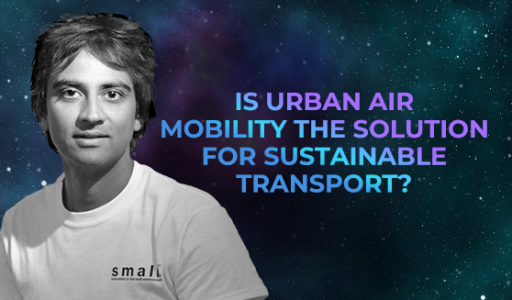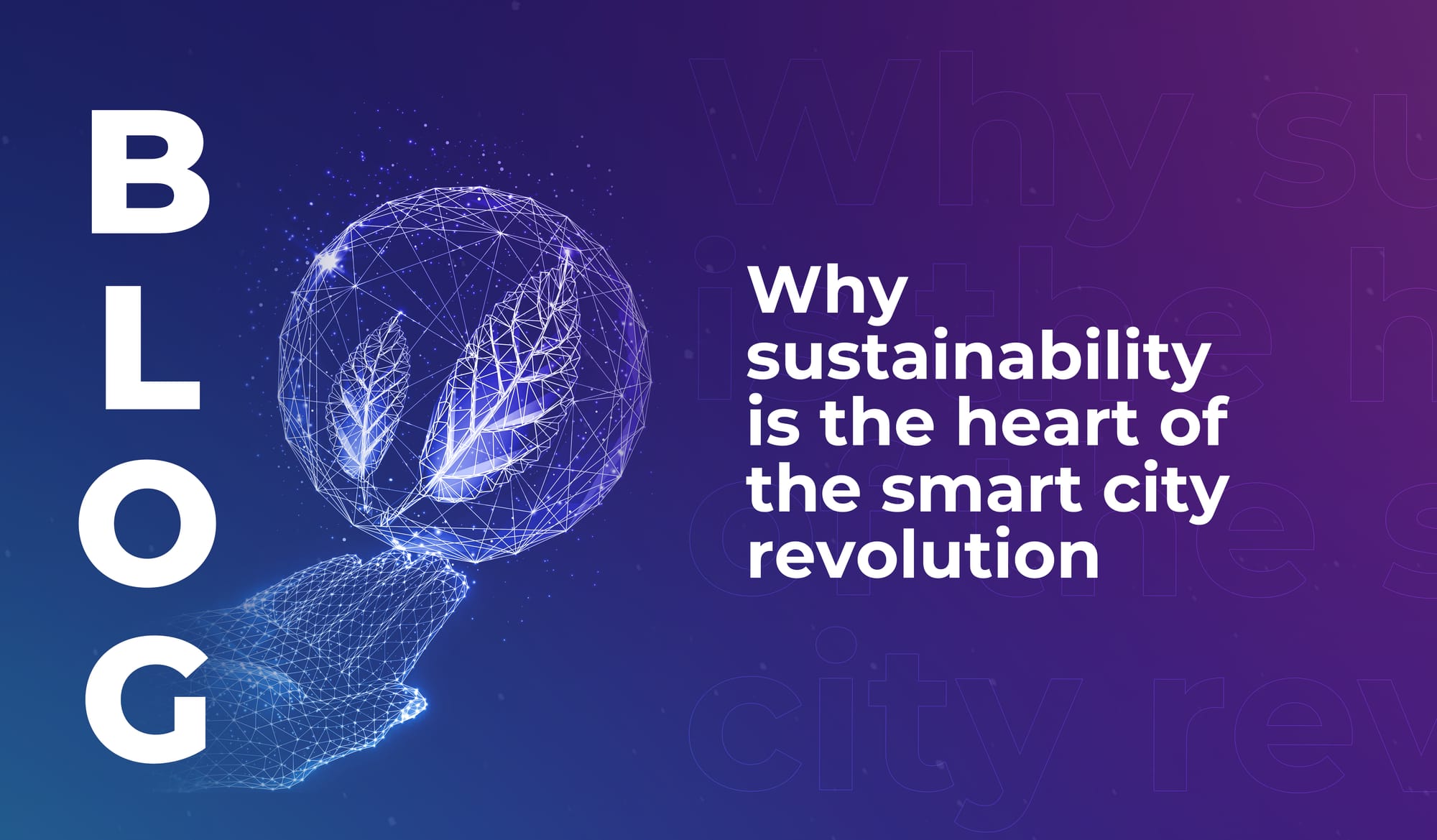
Top trends to watch in the smart cities market
Explore key smart city market trends for 2025–2030, from EV infrastructure to AI-powered waste systems – backed by the latest industry report.


“Imagine a world where there’s an entirely new layer of mobility. Where you can fly to work. You can fly home, without the need for more expensive carbon-hungry roads, tunnels, bridges. A new era of mobility is possible.”
That’s the vision of Ricky Sandhu (CEO and Founder at Urban Airports) – and this year, the vision has taken its first major steps into reality.
Urban transport is a problem that every city around the world needs to solve. Different cities have their own unique challenges, ranging from traffic movement and congestion (hello Bogotá, the Colombian city where drivers lose about 191 hours each year to congested roads), to intense traffic noise pollution (like in Karachi, Pakistan, where traffic creates noise in excess of 90dB every day). For all cities, carbon emissions are a huge issue – and with the transport sector accounting for about 21% of all emissions worldwide, densely populated cities are searching for new ways to get their citizens from A to B.
Sandhu’s company builds airports for drones – small drones for cargo logistics, and larger drones called eVTOLs (it stands for electric vertical take-off and landing), which are basically small electric planes that can carry people for short distances.
These small, zero-carbon air transport drones are winning significant investment right now. Hyundai Motor Group – partnered with Uban Airports – are investing USD $1.5 billion into developing their vehicle. And in early 2022, Wisk Aero secured $450 million from The Boeing Company to advance its 6th generation eVTOL – the first ever candidate for certification of an autonomous, completely electric passenger aircraft in the US. According to McKinsey, electric air taxis will be usable by the public by 2024, and the question of whether they’ll become a normal mode of urban transport is a ‘when’ issue, not an ‘if’.
All signs point to eVTOLs as a viable transport solution for the future. But in order to work, they need infrastructure on the ground and in the air. With more investment in eVTOLs in the last year than in the last ten years combined, the need for that infrastructure is becoming more urgent. And that’s where Sandhu and his team come in.
In 2022, Urban Airports opened its first demo Vertiport in Coventry, UK. Backed by the UK government and with a web of commercial partnerships, the airport – called Air-One – is located a two minute walk from downtown Coventry centre. It opened for demonstrations in April, showcasing the potential for electric aviation tech; and there are more than 200 additional sites planned worldwide in the coming five years.
The entire airport can be fabricated off-site, and then constructed quickly in dense urban areas with complex logistics. “The key thing about advanced air mobility,” Sandhu said, “is to have a very quick through-put” – passengers need to access air taxis quickly and conveniently in city centre locations. Inside, the airport offers a sense of familiarity designed to make passengers feel at ease with this new mode of getting around; with brands offering products, refreshments, and digital connectivity services.
There’s a lot of work to be done before the infrastructure is in place to enable quick, efficient, and safe electric air travel in regions around the world. But as governments look ahead to 2030 sustainability targets, investing in urban air mobility now makes perfect sense.
“The environmental benefits are immense,” Sandhu noted. “The carbon saving from using drone technologies over traditional van technologies is huge. But also what people often miss, it’s not only the zero emissions from the tail-pipe, it’s also emissions from rubber tyres, it’s emissions from brake discs. So, by utilising drones, you can mitigate those particulates from the atmosphere, which in many parts of the world are the most rife particulates that we breathe in.”
These are important points, when research by Emissions Analytics in 2020 found that air pollution from tyre wear particles can be 1,000 times worse than the pollution that comes from a car’s exhaust. Electric air travel reduces emissions across a range of benchmarks, and it has the potential to make urban travel quick, comfortable, and maybe even enjoyable.
There will, without a doubt, be resistance. As it stands, the idea of getting into a small electric plane to fly to work is strange and (probably) a little unsettling to most of the world’s population. But as the infrastructure is put in place, and demonstrations continue to highlight the benefits and ease of urban air mobility, it’s an exciting aspect of urban futures – and an inevitable stage in the development of smart cities.

Explore key smart city market trends for 2025–2030, from EV infrastructure to AI-powered waste systems – backed by the latest industry report.

Learn how generative AI is unlocking the true potential of digital twins – to make smart cities more efficient, inclusive, and citizen-focused.

The smart cities of the future will use tech to lower emissions, cut urban temperatures, and improve quality of life in highly populated areas.

Explore key smart city market trends for 2025–2030, from EV infrastructure to AI-powered waste systems – backed by the latest industry report.

Learn how generative AI is unlocking the true potential of digital twins – to make smart cities more efficient, inclusive, and citizen-focused.

The smart cities of the future will use tech to lower emissions, cut urban temperatures, and improve quality of life in highly populated areas.